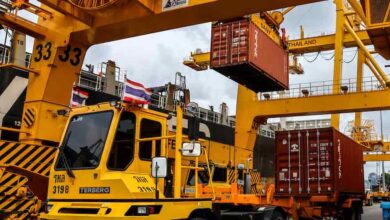Pakistan’s foreign exchange reserves witnessed a drop due to ongoing external debt repayments. According to the State Bank of Pakistan, its reserves fell by 153 million dollars, bringing the total to 14.3039 billion dollars.
The country’s overall foreign exchange reserves were recorded at 19.6070 billion dollars, while reserves held by commercial banks stood at 5.3031 billion dollars.
When we say “Pakistan’s foreign reserves have declined due to external debt repayments,” it means that the country had to use a part of its saved-up foreign money (mainly US dollars) to pay back loans it had taken from other countries or international institutions.
Think of foreign reserves like a household’s emergency savings in dollars. Just like you might save some money to pay off your debts or handle tough situations, a country also keeps money in foreign currencies to pay for imports, repay loans, and deal with financial emergencies.
So, when Pakistan pays back these loans (external debt), the amount in its savings — called foreign exchange reserves — goes down.
Why this is important:
Foreign reserves = National financial safety net
These reserves help Pakistan pay for imports like oil, food, and machinery. If reserves fall too low, the country might struggle to buy essential goods or maintain currency stability.
Affects currency value
Lower reserves can weaken the Pakistani rupee. When reserves are strong, the country can better manage its exchange rate against the dollar.
Investor confidence
High reserves give international investors and lenders confidence that Pakistan can meet its financial obligations. Low reserves can make them nervous, leading to higher borrowing costs or reduced investment.
Signals economic health
Tracking reserves is one way to measure a country’s financial strength. A consistent decline may point to growing economic challenges.







